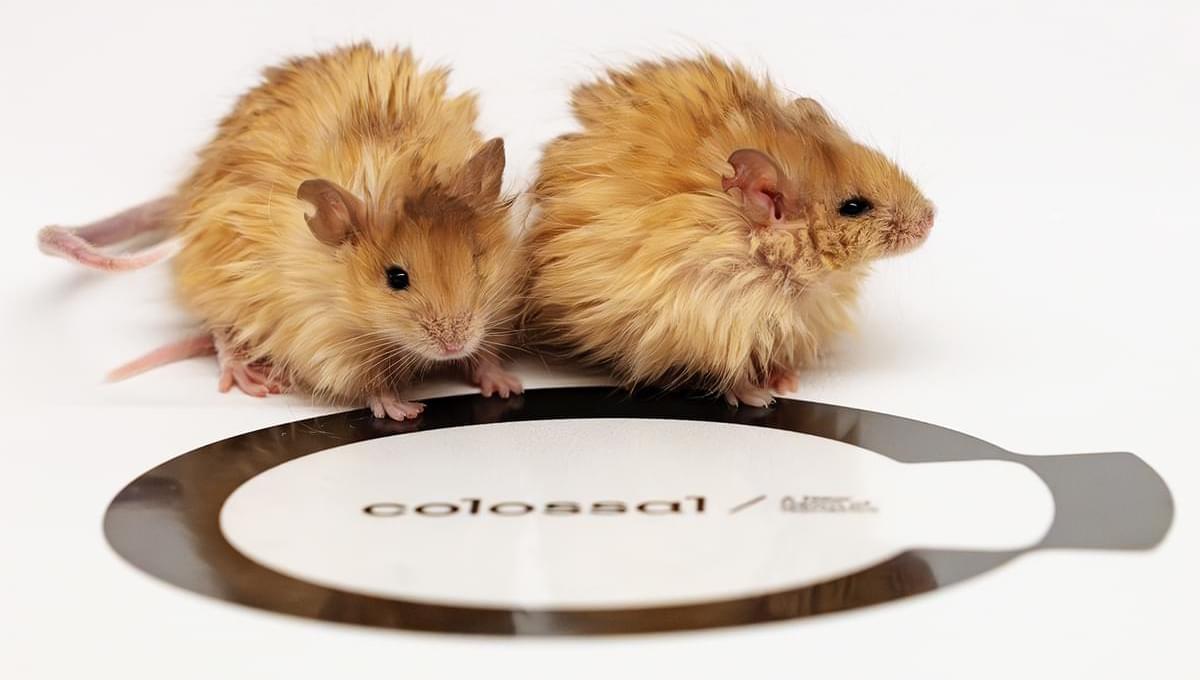Solipsism.
These are FLAC files which are the highest quality lossless audio you can listen to…
Mind webs is not audio drama in the strict sense of the definition. This 1970s series out of WHA Radio in Madison, Wisconsin featured weekly readings of science fiction stories written by some of the genre’s best writers. Nevertheless, since many of the readings were enhanced by music, periodic sound cues, and the occasional character voice, I consider them ‘semi-dramatized’, and therefore meriting inclusion on this site. Besides, the music was so well written, and the performance of Michael Hanson, the reader, so evocative of each story’s mood, that the result was often better than most fully dramatized productions of the period. All voices were by Michael Hanson, except where noted.
According to Michael Hanson there were 169 half-hour shows which presented 188 short stories from 135 different authors. The series ran from April of 1975 until early 1984. Mr. Hanson personally selected the music from a huge range of classical, jazz, pop, rock, electronic, etc., recordings (vinyl records, by the way). All the editing was done via the now antiquated ‘cut-and-splice’ method. He was backed by some marvelously adept technicians who were of enormous assistance; they were always identified at the end of each broadcast.
It is my hope and intention that this project will bring free enjoyment of MINDWEBS to listeners new and old as long as sound exists. My sincere thanks to Darkman for making this possible. And my thanks to the myriad fans who’ve helped make this entire enterprise viable.
–Yours truly, Michael Hanson.





